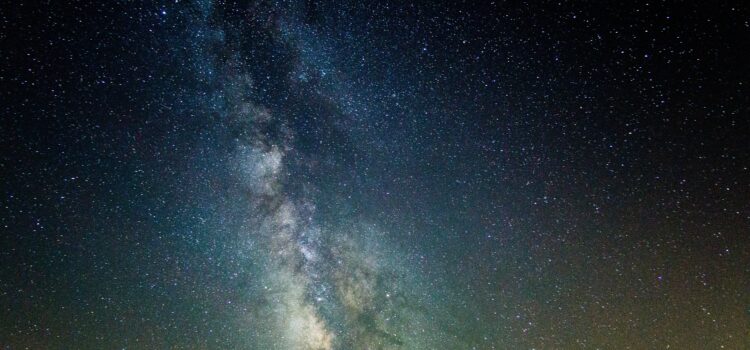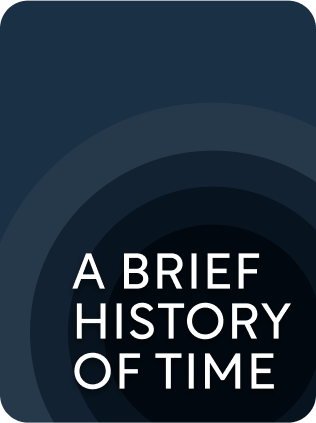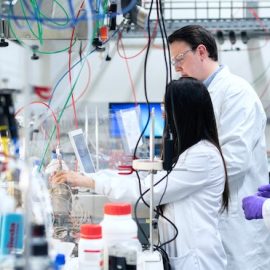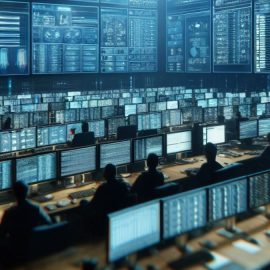

This article is an excerpt from the Shortform book guide to "A Brief History of Time" by Stephen Hawking. Shortform has the world's best summaries and analyses of books you should be reading.
Like this article? Sign up for a free trial here .
What is cosmic inflation theory? How does the inflationary hypothesis contradict the Hot Big Bang model?
Cosmic inflation theory states that the early post-Big-Bang universe expanded at a rate faster than light in just a fraction of a second, resulting in a rapid supercooling of the universe (much faster than in the Hot Big Bang Model). This, in turn, resulted in a strong anti-gravitational effect which ironed out the wrinkles in its initial non-uniform state.
Keep reading to learn about cosmic inflation theory.
Hot Big Bang Theory vs. Cosmic Inflation
For most of the 20th century, the “Hot Big Bang” model has been used to tell the story of the origin and development of the universe. The Hot Big Bang theory states that, after the initial Big Bang explosion, the universe was incredibly hot (hence the name), meaning that particles were moving too quickly to merge together to form protons, neutrons, atoms, and molecules. But as the universe expanded, it began to cool, and the particles slowed down. This led to a series of nuclear fusions, in which stars were formed, as well as more complex elements like hydrogen and helium. After just a few hours, most of the hydrogen and helium in our universe today were created, concentrated in enormous clouds.
The Hot Big Bang model explains a lot about the observable universe, but not everything. Among other things, it fails to account for the seeming uniformity of the universe on a large scale at all points of space-time, perhaps best exemplified by the omnipresent background microwave radiation.
The Inflationary Hypothesis at MIT suggested an “inflationary” hypothesis to explain this puzzling uniformity of the universe without reverence to a deity or intelligent being setting such conditions. Cosmic inflation theory tells us that the expansion after the Big Bang was so rapid that the universe ballooned to a million million million million million times its radius in less than a second.
This expansion would have supercooled the universe much faster than in the Hot Big Bang model. Under these conditions, forces like electromagnetism and the strong and weak nuclear forces wouldn’t decouple (at least for a time), but would, instead, remain unified. This would create more energy in the universe than there otherwise would have been, creating an anti-gravitational effect that would more than counterbalance any attraction from gravity. This anti-gravitational effect would accelerate the expansion of the universe. This would produce a great smoothing and uniformity across the universe on a large scale, even if it didn’t start out uniform and smooth.
Eventually, it would slow down to just the critical rate needed to avoid gravitational contraction, because, eventually, the forces would separate (losing what physicists call “symmetry”). At this point, gravity would begin to flow down the expansion, with the excess energy from the inflation being disbursed and reheating the universe. This would explain the Hot Big Bang conditions we observe today, while also explaining the uniformity and the critical rate of expansion we see.

———End of Preview———
Like what you just read? Read the rest of the world's best book summary and analysis of Stephen Hawking's "A Brief History of Time" at Shortform .
Here's what you'll find in our full A Brief History of Time summary :
- The search for a theory that explains the history and evolution of our universe
- Stephen Hawking's discussions about time, space, dimensions, and quantum theory
- How time travel would theoretically work






